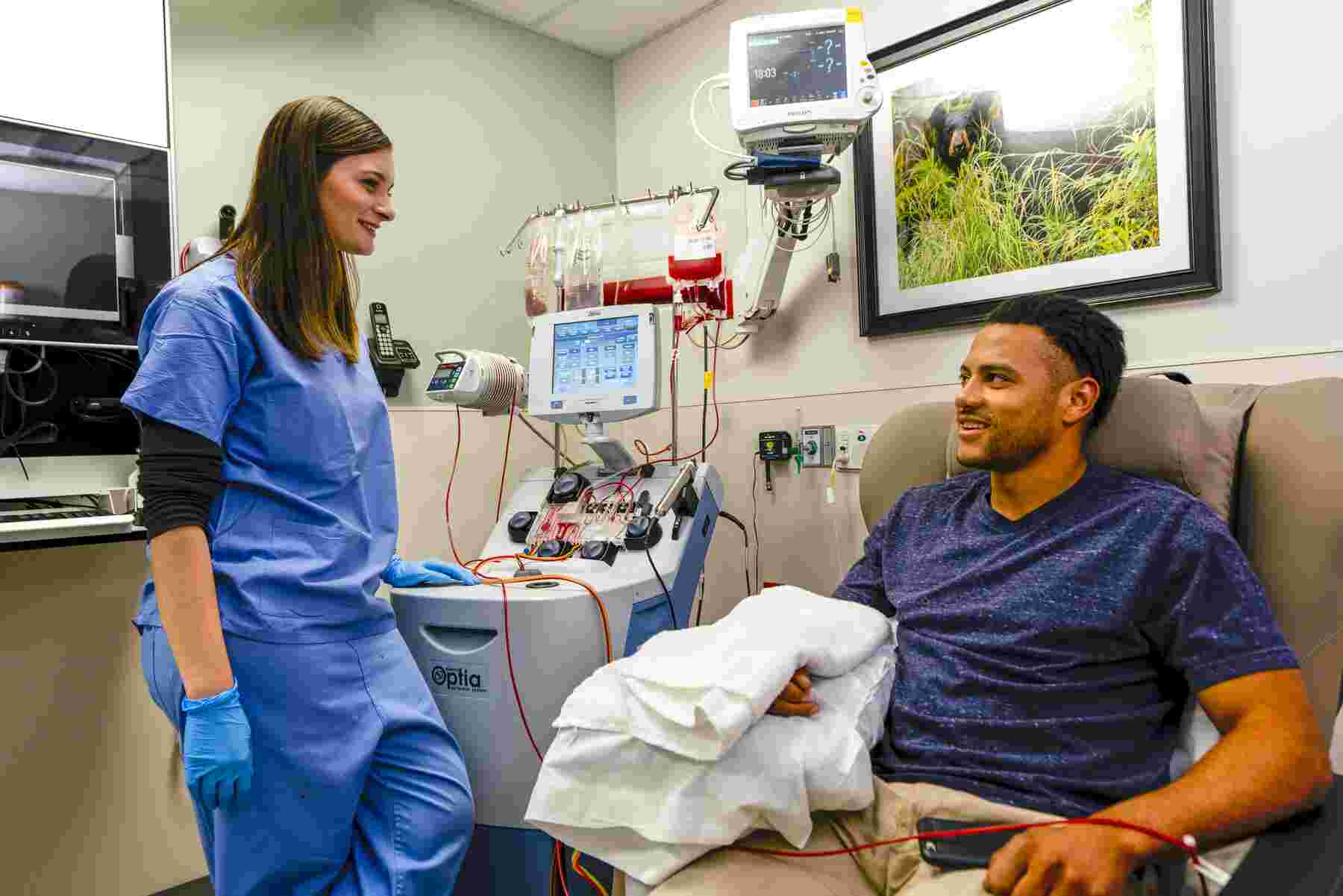A report has been published that summarises the work carried out by Patient Safety Collaboratives (PSCs) in 2020 and early 2021 to support the national response to the COVID-19 pandemic.
COVID-19 patient safety response looks at the roll-out of two patient self-monitoring pathways, COVID Oximetry @home and COVID virtual wards, both designed to allow vulnerable people’s care to be managed safely at home.
This followed the successful spread of a tracheostomy care bundle, designed to support staff, in expectation of a rising number of Covid patients requiring ventilation.
The report highlights ten areas of learning from the process of setting up and spreading these programmes at pace, and practices that may be useful for the future delivery of rapid safer care initiatives.
Read the full report.
Safer tracheostomy care
As part of its COVID-19 programme, in March 2020 the National Patient Safety Improvement Programme (NatPatSIP) identified the likelihood of an increase in the number of patients requiring a tracheostomy, and the potential that such patients could be cared for by healthcare staff who were relatively unfamiliar with tracheostomy management.
A collaborative approach was taken with the National Tracheostomy Safety Project (NTSP) and the country’s 15 Patient Safety Collaboratives (PSCs) to co-create and develop a programme that would help frontline staff to provide high quality and consistent safe daily care. As a result, 94% of trusts implemented all three key safety interventions of the tracheostomy programme.
COVID Oximetry @home and virtual wards
Another method that was proven to be both safe and effective during the pandemic was pulse oximetry, used for the detection of silent hypoxia in patients with COVID-19.
In early March 2020, clinicians noted extremely ill patients arriving at hospital with low oxygen levels, but an absence of breathlessness – so-called silent hypoxia. Clinicians suggested the monitoring and early detection of low oxygen levels at home could lead to earlier presentations and better patient outcomes, an approach which subsequently became recommended by the World Health Organisation.
The National Patient Safety Team’s Managing Deterioration Safety Improvement Programme worked with England’s 15 Patient Safety Collaboratives to undertake the rapid roll-out of patient self-monitoring pathways. This was an example of a whole system approach, led by clinical experts, with a national community of practice, patients and managers, working collaboratively to successfully deliver ground-breaking services at scale.
100% of CCGs in England had established a COVID Oximetry @home pathway service by the end of December 2020 and were fully operational by early February 2021. By the end of March 2021, 120 out of 125 acute trusts had implemented COVID virtual wards in the space of just three months.

“Health equity is the attainment of the highest level of health for ALL people. Achieving health equity requires valuing everyone equally with focused and ongoing societal efforts to address avoidable inequalities, historical and contemporary injustices, and social determinants of health — and to eliminate disparities in health and health care.” (health.gov) Within the NHS there [...]

Sickle cell disease (SCD) is a serious and lifelong health condition. People with SCD produce unusually shaped red blood cells that can cause problems because they do not live as long as healthy blood cells and can block blood vessels. This can result in suffers experiencing painful episodes, called sickle cell crises, as well as anaemia, [...]

At the Royal Society of Medicine’s Tackling Inequalities conference it was clear from the passion in the room that great progress has been made across the system to better support some of our most under-served communities. To maintain this momentum, we must not just embed tackling health and healthcare inequalities in all that we do, [...]






